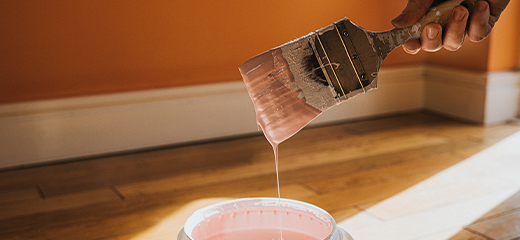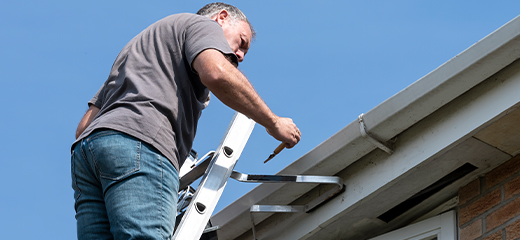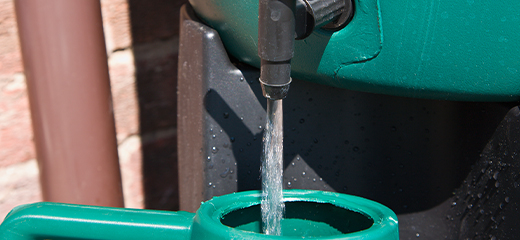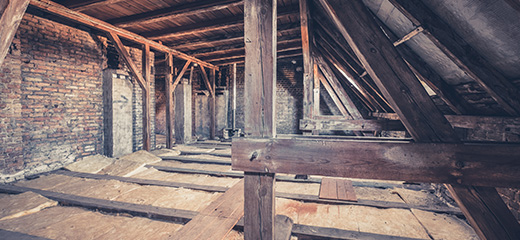
How to get your roof ready for the rain
The roof of our home is a feature we often don’t think about until there’s a problem. However, this essential structure needs our attention to ensure it can properly withstand all the seasons of the year.
Your roof is your first line of defence against weather conditions, protecting the home and its contents. This structure is sturdy; however, it can be damaged by extreme weather, falling tree branches and general wear and tear.
While this damage can happen throughout the year, we often only notice it when we suddenly have water pouring through our ceilings. By this point, what probably started as a small fault has grown into a major problem that will be expensive to repair.
What’s more, the Ombudsman for Short-Term Insurance notes that your insurer may not cover the damage to the roof and household contents if regular maintenance could have prevented the problem.
Experts suggest that you should check your roof and supporting structures at least twice a year and more often if you are in an area that experiences extreme weather.
- Get inside your roof
Your roof cavity can tell you a lot about the health of your roofing. With your torch turned off, look for any areas where light is shining through your roof tiles for evidence of cracks and holes. Pay attention to any breezes you may feel in the area and trace these back to their entry points. Finally, examine the floor of your ceiling and insulation for any signs of water damage, stains and mould. If you do not see or feel the evidence of leaks in your roofing, it’s time to call in a waterproofing expert to do an assessment.
- Visual check
Once you’ve finished inside the roof cavity, it’s time to step outside to conduct a visual check of the health of your roof. While it is best to do a close-up inspection, you can do it from the ground and get an experienced roofing contractor in to do repairs. Keep an eye out for evidence of rust; cracks and holes; and missing, loose, broken and misaligned tiles.
- Clean out your gutters
Your gutters play an essential role in diverting water away from the structure of your home and keeping your roof, walls and foundations in good condition. Unfortunately, gutter maintenance is often neglected resulting in expensive repairs and sometimes replacement. While you’re cleaning out the debris in the gutters and downpipes, keep a lookout for rusting, leaks and loose brackets and screws. Ideally, you should clean your gutters between 2 and 4 times a year. However, you may want to do it more often if you have trees surrounding your home.
- Trim your trees
Falling branches can do more damage to your home than you might think, particularly during hail, thunderstorms and high wind speeds. Take the time to examine your property and cut back any overhanging branches that could be a risk to your home. Keep an eye on the health of your trees too, as dead trees are less supple and pose a greater risk of breaking and falling.









